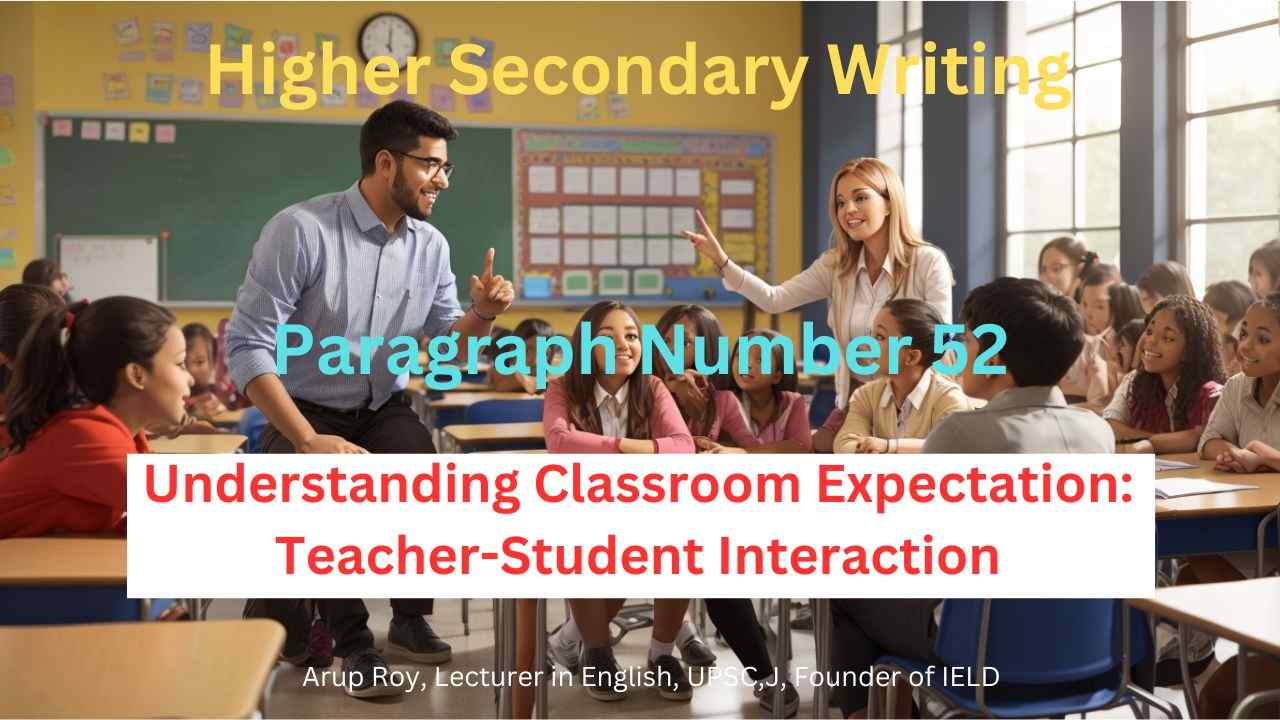A key component of creating a supportive learning environment, particularly in terms of teacher-student interaction, is understanding and controlling classroom expectations. The dynamics in a classroom are influenced by a number of variables, including the setting, the students' cooperativeness, their intrinsic curiosity, and their levels of involvement, energy, commitment, concentration skills, responsiveness, and sense of responsibility. Additionally, the general classroom climate is greatly influenced by the students' academic backgrounds. Students who have better academic background tend to maintain the variables mentioned above because they are connected to an ideal daily routine. Conversely, many students possessing poor academic background do not have their ideal life style; they have aversion towards structure and discipline. Their response and concentration level are not satisfactory because they do not study enough to prepare themselves for the class. This irresponsibility makes them indifferent in the classroom. Therefore, teachers' expectation towards them does not match. In this situation, teachers' task is to make them understand the classroom expectation. If necessary, teachers need to exercise some power upon them. Therefore, empowerment of teachers is necessary. However, teachers should also be monitored properly so that they cannot misuse their authority. This comprehensive approach will surely result in establishing and improving teacher-student interaction. Finally, we can expect a productive and peaceful learning experience.
Understanding Classroom Expectations: Teacher-Student Interaction
INSIGHT ENGLISH LEARNING DOMAIN
0
Comments

